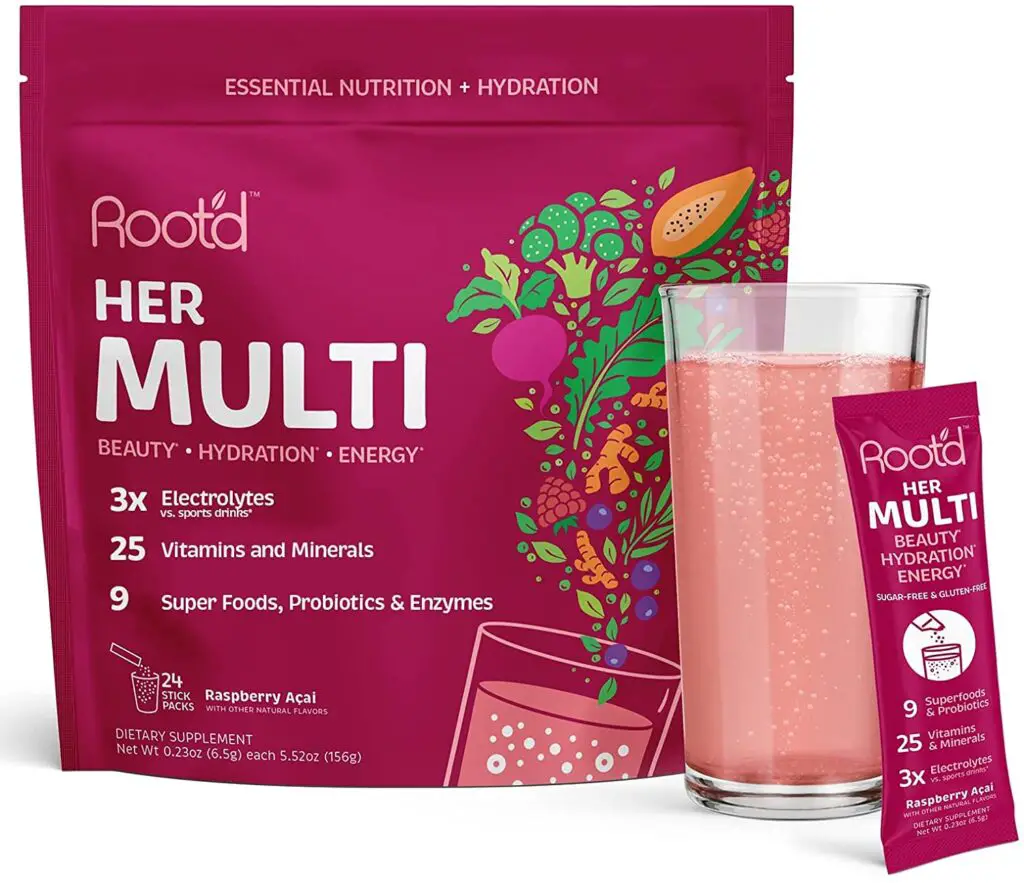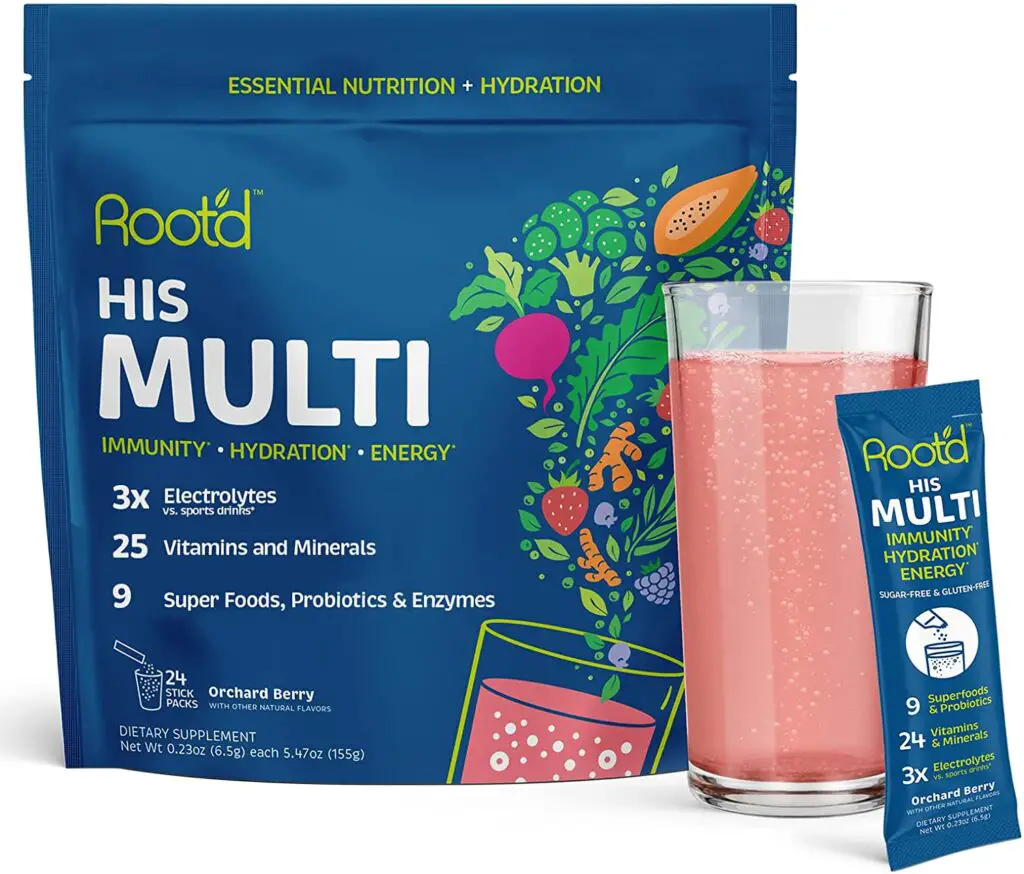The retail sales of dietary supplements more than doubled from $17 billion to over $36 billion between 2000 and 2017. Over 65% of people in the UK and 52% of Americans say they now take a type of dietary supplement. Only protein, carbs, and fat were recognized as the only three necessary components in meals at the start of the 20th century. People sterilized food to remove microorganisms before consuming it since poor hygiene meant that diseases were on the rise. When the rice was polished with grains, the essential B vitamins were lost, causing vitamin B deficiency, which led to blisters and frayed nerves. Scurvy also became a prevalent issue as a result of milk sterilization, but this was just the beginning.
Scientists started attempting to find answers in 1912 and found that food contains more than three nutrients. These were initially referred to as “accessory compounds,” which in scientific papers eventually changed to the name “vitamin,” which again changed to the word we all know today, the vitamin. Vitamin discoverer Casimir Funk argued that if these nutrients were available in meals, several ailments may be treated.

Following the initial discovery of vitamins, numerous products began to appear on the market. When these products with names like Vitamine, Double Strength Yeast, and Super Vitamins first appeared on the market, they typically contained yeast-derived vitamin B as well as a variety of additional substances. Mastin’s Yeast Vitamin Tablets, a popular item in 1916, was similar to today’s multivitamin in that they contained iron, calcium, vitamins A, B, and C, as well as Nux vomica, a homeopathic treatment for heartburn. The preparation’s label stated that it included vitamins and other ingredients that “should prove of value in helping to improve the appetite, aid digestion, correct constipation, clear the skin, increase energy, and, as a tonic, to assist in putting on weight in weakened, rundown conditions due to malnutrition.”
Sales of vitamins A and C skyrocketed in the 1920s as people started to think that if a supplement contained vitamins, it also contained other amazing chemical substances. This caused vitamin B2 levels to soar in the 1930s. In 1922, advertisements for multivitamin-like products promised relief from acne, blackheads, boils, constipation, malnutrition, nervous deficiency, physical breakdown, brain fog, general sluggishness, run-down conditions, “loosen up the slime and accumulated bile and clean the system,” improved energy and digestion, and helped underweight, weak people put on weight.
Innovations of the Multivitamin
Probably the first thing that comes to mind when you hear the word “innovation” is technology. After all, in the past 30 years—not to mention the 2 million years of human evolution—technology has advanced significantly.
Continue reading for a quick primer on the most cutting-edge nutritional studies, goods, and innovations in recent memory! (The list below is not arranged in any particular order.)
Fortification of Foods
The body requires macronutrients and micronutrients, two different categories of nutrition. Proteins, lipids, and carbohydrates are all macronutrients that the body needs in relatively substantial amounts. Vitamins and minerals, which are micronutrients, are required in lesser amounts.
Numerous essential bodily processes benefit from vitamins and minerals, but sadly, many people do not get the recommended dosage. Food fortification was created by experts to help fight vitamin and mineral deficiencies in the general population. Fortification’s basic premise is that scientists have found ways to incorporate additional micronutrients into food since people don’t consume enough of them. With staple foods like grains and dairy, it is a particularly widespread practice. Since the 1920s, food fortification has been a widespread practice in many nations. Why therefore does it appear on our list of current developments in nutrition? The answer is straightforward: in many developing nations, food fortification is still a relatively new procedure. For instance, just 20% of households worldwide used iodized salt in 1970. That number increased to 70% in 2008.
Microbiome Research
The way scientists perceive the human body is continually changing as a result of new study. Additionally, some scientists have recently started to focus on the gut. Alternatively, or more precisely, to the billions of bacteria that exist in the small and large intestines—the microbiome. Your microbiome is essential to your body’s ability to break down complex carbs, digest vitamins, and eliminate toxins from diet. In a nutshell, the microbiome aids in food digestion and body defense, both of which are crucial for good health. Therefore, how does nutrition fit in? Each of the trillions of microbes that make up your microbiome has a unique function. These different bacteria can cohabit peacefully in your microbiome when everything is in balance—when everything is running correctly. Recent research has demonstrated that a wide range of factors can influence this balance. Diet is one such aspect.
The variety of organisms in your microbiome can be influenced by a number of dietary factors. This is what prebiotics and probiotics are, if you’ve heard of them. Live bacteria—the good kind—found in probiotic meals and supplements replenish and keep your microbiome in balance.
Micro and Macro-Nutrient Tracking
Your body needs both macronutrients and micronutrients, as was already mentioned, in particular ratios. (Nutrition labels list % daily values (DVs) for this reason.) The issue is that your body’s nutritional requirements are distinctive, just like it. Although everyone should consume certain minimum amounts of nutrients, your actual nutritional needs will depend on your body, your activity level, and your personal health and wellness objectives. The good news is that tracking your consumption of macro- and micronutrients is now simpler than ever owing to a wide range of fitness and nutrition applications.
These applications can assist you in setting goals, tracking a number of nutrition-related data points, and identifying dietary modifications that will help you reach your objectives, regardless of whether your objective is to gain muscle, lose a few pounds, or simply maintain your current level of health. These apps are the ideal illustration of how technological developments and improvements can interact with the subject of nutrition. They are frequently used in conjunction with wristbands that monitor heart rate.
Widespread Adoption of Traditional Chinese Medicine
TCM, often known as traditional Chinese medicine, has become more and more well-liked in recent years in both the US and Europe. This alternative method of approaching health and wellbeing emphasizes maintaining the body’s equilibrium and incorporates a number of techniques like acupuncture, massage, and cupping. This medical paradigm also has a dietary component. Some health professionals in the United States have incorporated these practices—along with others—into Western medicine. TCM has been around for a long time, so this isn’t really a new idea, but it is being applied in novel ways in conjunction with other medical paradigms.
The Importance of Multivitamin & Minerals for Wellbeing
Multivitamins are the most popular dietary supplement eaten globally. Due to the numerous functions that vitamins and minerals play in the body, multivitamins typically contain variable amounts of these nutrients. These micronutrients can have a variety of purposes, including promoting the immune system, promoting wound healing, and generating energy.
The purpose of multivitamins is to fill in nutritional gaps in our meals and make sure we are consuming the required daily amounts of these vital micronutrients. Why is it crucial that we maintain a healthy intake of vitamins and minerals? Along with the multiple, previously mentioned roles that vitamins and minerals play in the body, taking multivitamin supplements has also been associated with a lower risk of cancer and heart disease in men and women. Similar to this, it has been proposed that multivitamin supplementation can enhance mood and cognitive performance in those with dietary deficits. Overall, using multivitamin supplements lowers our risk of dietary nutritional deficiencies. Our bodies can then operate at their best, which enhances our wellbeing and physical health.
It is obvious that taking a multivitamin pill might improve our wellbeing. Folic acid is proved to lessen birth defects and has been associated to a lower risk of heart disease, colon cancer, and other malignancies including breast cancer, Vitamin D maintains a healthy colon and may prevent colon cancer and many chronic problems Magnesium is proved to relax the body, antioxidants are proven to prevent some malignancies, and both Vitamin C and Zinc are proven to boost immunological function. B vitamins are proven to promote energy and aid in neurological functioning. Consider looking into vitamin C and collagen to take it a step further.
What is a Vitamin Powder?
A vitamin powder, often known as a multivitamin powder, is just a multivitamin that has been converted into a powder form, as the name would imply. You then combine this powder with water to make a delicious beverage. These vitamin powders typically have a fruit flavor, giving you the chance to enjoy a tasty beverage in addition to your daily vitamin and mineral intake. For many people, taking a multivitamin in powder form rather than pills each day is much easier to digest.
You might discover that multivitamin powder has more vitamins and nutrients than capsules or tablets, depending on the brand you choose. A vitamin powder may contain more vitamins and minerals than a pill does, depending on your particular needs. This is because it is challenging to provide you a higher level of nutrients because a lot of fillers and binders are needed to create a pill. As opposed to capsules, several vitamin powders can combine more nutrients when added to a beverage.

About Root’d
In actuality, your daily electrolyte loss is not all that significant. Your body needs critical vitamins, minerals, and electrolytes to function at its best. To create Root’d, manufacturers combined a full spectrum premium multivitamin with a hydration powder. Root’d, which is free of sugar, uses a combination of superfoods, probiotics, and enzymes to help your body’s natural flow absorb nutrients as a whole.
A small bit of sweetness and a somewhat tarter, more berry-forward flavor may be found in Root’d. It clearly isn’t wheatgrass, but because it’s healthy, it won’t taste like a sweet soda either. To guarantee you receive the greatest health benefit, Root’d is prepared with just natural, sugar-free ingredients. But mix it up! Root’d can be used as a mixer for mocktails and tastes amazing in a variety of smoothies, flavored waters, ginger ales, and lemonades. Just be careful with the extra bubbly!
Powder MULTIvitamin + Electrolytes for Women
They used more than a few nutrients to create the first genuine MULTI in history. Root’d BOOSTS your daily nutrition by adding hydrated electrolytes to the 25 important vitamins & minerals a woman’s body needs each day. While other electrolytes utilize sugar to aid in absorption, we couldn’t get on board, so instead our nutritionists employed organic superfoods, probiotics, & enzymes to provide you greater natural absorption of ALL these wonderful nutrients!
Root’d – Powder Multivitamin + Electrolytes for Men
The nutrition of a man’s multivitamin and the hydrating power of electrolytes are combined for the first time in Root’d, a dietary supplement. Root’d allows our bodies’ natural flow to absorb its nutrients as one, giving our days a natural BOOST while removing the bad sugar. It also contains integrated organic superfoods and digestive probiotics to promote optimal absorption and digestive assistance. It is very useful and advised to enjoy your Root’d every day to ensure your body is getting the critical nutrients it needs to function at its optimum. Studies reveal that more than 80% of Americans do not obtain their daily nutrition through diet alone.
Conclusion
Vitamins and nutrients are necessary for your body to function correctly. You must consume a balanced diet to achieve that. Sadly, not everyone has access to wholesome food every day. Multivitamins are useful in this situation. Multivitamins are a blend of various vitamins typically obtained from food sources. They are employed to supply vitamins that aren’t obtained from diet. In essence, multivitamins aid in filling in some dietary gaps so you can consume the appropriate nutrient intake.
* In partnership with our friends at Life Vitamin* Photo courtesy of Life Vitamin
* These statements have not been evaluated by the Food and Drug Administration. These products are not intended to diagnose, treat, cure or prevent any disease.
* The information available on ewellnessmag.com, including text, graphics, and other materials is for informational purposes only. Reliance on any information in ewellnessmag.com is at the user’s own risk. Sponsored product placement may appear in the article. The visitor of this website acknowledges that the information available on or through ewellnessmag.com is not and is not intended to be a substitute for professional medical advice. Copyright © 2023 Brawo Press, Inc. All rights reserved






